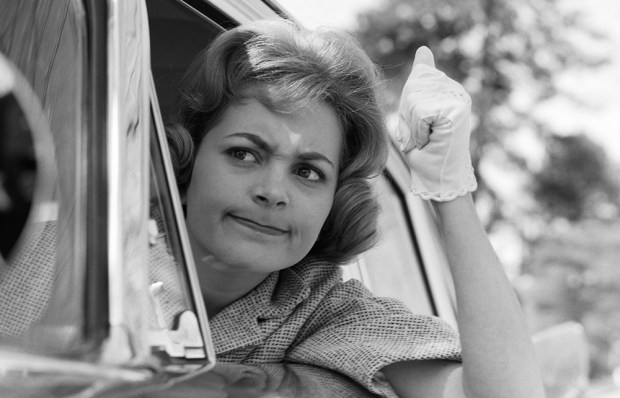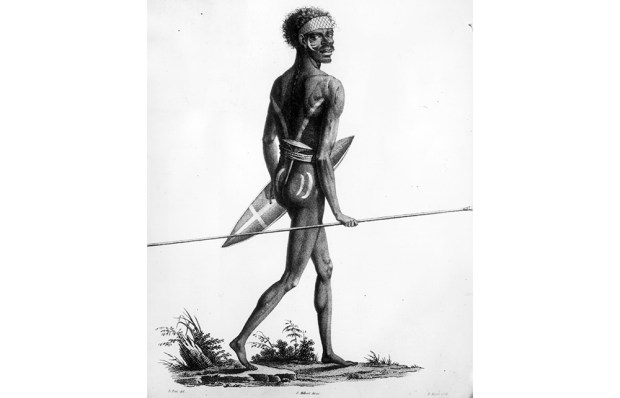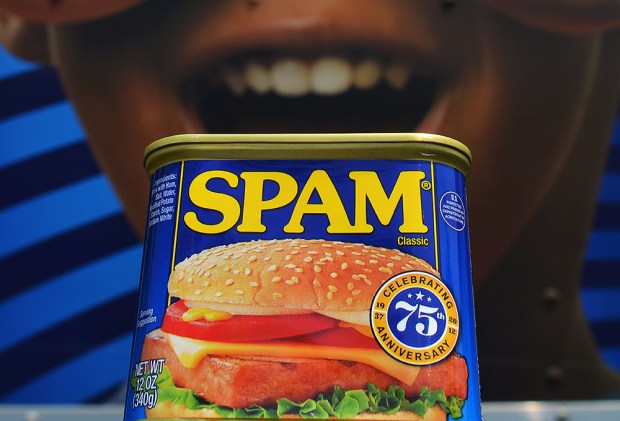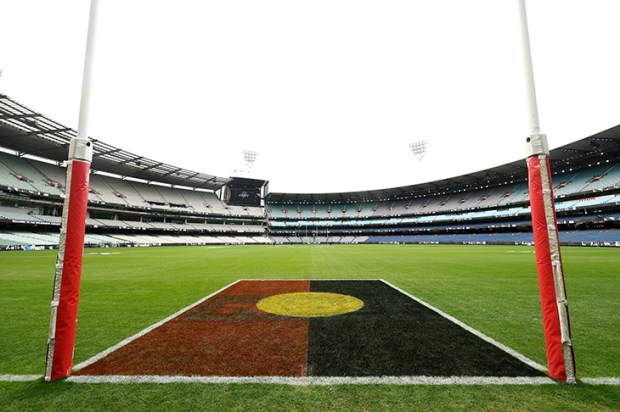I’m a long-time devotee of the op shop, as anyone who has seen my wardrobe will confirm. I’ve spent many happy weekend afternoons browsing through what the ABC’s Nineties classic The Late Show immortalised as ‘stacks of slacks on racks’.
These racks were crammed together in small dark shops smelling of mothballs. Or they’d stretch for miles under unflattering fluorescent light, wedged in between second-hand furniture and books that no one wanted to read in the first place. (Incidentally, the best way of judging the popular reception of any Australian author is to cruise a few op shops. What the Weekend Australian says and what Jo Public says are two different things).
Whenever I go somewhere new, I hit the local op shops. The quality and variety of second-hand tat that you can acquire across this great nation is awesome. I have visited dozens and (so far) been banned from none.
I’ve also volunteered in them, and seen how they give retired people meaningful work, and help others back into the paid workforce.
But I’ve noticed some changes in the op shop landscape in Australia recently which have given me pause. My local op shops have stopped taking donations.
They’ve removed their public collection bins. They aren’t open as often as they used to be. And they’re all pleading for more volunteers for weekday and weekend shifts.
There are three components to a successful op shop. You need a regular supply of desirable items to sell, a market for the goods, and mostly volunteer labour. But all of these seem to be drying up like waterholes in the Sahara.
What’s happened to supply? There seems to be just as much stuff out there as always. The problem is the quality and re-saleability of the goods being donated.
Back in the op shop heyday, there were still real ‘finds’ to be had. Op-shoppers live for finds. We swap war stories about them – vintage jeans, silk blouses, linen shirts and designer jackets. Sometimes you could find literal gems, and real gold and silver jewellery.
But those days have gone. Antiques Roadshow has a lot to answer for: people are much more clued up about the jewellery and bric-a-brac they get rid of. They’re more likely to check its value first online, and if it’s worth anything, they will sell it privately, also online.
Clothing has followed a similar trajectory. Since eBay opened its virtual doors in 1995, there’s been a burgeoning online market for all kinds of second-hand clothing. It’s now common for people to sell most of last year’s wardrobe to fund this year’s.
This means that the stuff that goes to the op shop is now poor-quality chain-store clothing, not always clean, and often worn beyond resale. Most op shops try to bin this, or bag it up to offload in developing countries. Some still put it on the shelves, where it doesn’t sell.
Everyone’s noticed. Some have blamed op shop staff for pinching the good stuff for themselves. (Having been there, we don’t pinch it; we buy it at a discount). But the truth is that all those Armani jackets and barely worn Louboutins simply aren’t making their way to the op shops anymore.
Clothes are also regularly stolen from collection bins for resale online or at local car boot sales (some people have died in the attempt, trapped face down in the chute). My brother had the remarkable experience of seeing his own donated R.M. Williams trousers – exact colour and size and wear – appearing at a local car boot sale stall the following week.
At the same time, we’ve seen an orgy of post-Covid decluttering that’s flooded op shops with huge amounts of discarded tat. This feeds into the second part of the op shop equation, which is finding a market for the goods you’ve got.
We might all be donating our old stuff – but we’re not buying replacement stuff from op shops. ‘Recycling’ implies that something goes in a cycle. But most second-hand tat actually goes in a straight line: from someone’s living room, to an op shop rubbish bin, to landfill. It’s usually not re-sellable or genuinely recyclable.
The hipster trend was the exception. Young people descended on the ugly golf trousers and polyester muscle shirts and tweed waistcoats. They gobbled up the 1970s dining sets, grimy vases, vinyl records, and amusingly mismatched teacups for their hipster cafes. But in a now-oversaturated market, there’s only so much daggy crockery and bobble-fringe standard lamps you can use.
Op shops were set up partly to help the deserving poor access respectable clothing at low cost. These days, the poor are dressed better than they ever were, and they’re not interested in old clothes.
That’s because they can buy brand new clothes for less. Op shop prices have now risen to the point where they outprice mainstream shopping centres, which is kind of ridiculous.
The final part of the op shop equation is free labour. This pool is shrinking as the amazing old ladies who I’ve worked alongside are literally dying out or retiring due to frailty and dementia.
Younger adults aren’t as interested, because they’ve never grown up fascinated by the mystique of gloom and mothball odour. We also have a skills shortage, and most people can currently get some form of paid work if they have a pulse and a bank account.
So there are critical problems with supply, demand and labour. All this spells disaster for the op shop industry, the same as it would for any other commercial enterprise.
What could take its place? eBay is soulless, and the genuine finds are few. I suppose there remains for me – like Sherlock Holmes’ cocaine bottle – the auction houses. But even they’re increasingly going online.
The real solution is for us to stop buying so much disposable stuff in the first place. But that’s not likely to happen any time soon, as our entire economy seems to be based on this.
What I do know is that if the op shop industry goes the way of the rotary dial phone and the cash economy, I will miss it terribly.
Got something to add? Join the discussion and comment below.
You might disagree with half of it, but you’ll enjoy reading all of it. Try your first month for free, then just $2 a week for the remainder of your first year.













